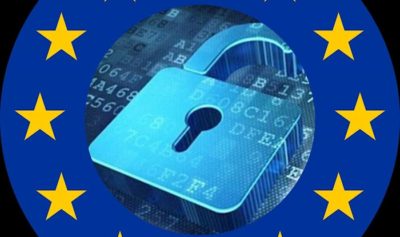
May 2018 is fast approaching, with many businesses still under prepared for the GDPR start date. Aiming to help businesses take that first critical step in preparing for the new legislation, HPE has launched a GDPR starter kit.
The bundled set of software solutions aims to help organisations to automatically identify, classify, and take action to secure information that falls under the regulation.
HPE is striking while the iron is hot with the starter kit, with a recent PwC survey revealing that 54% of c-suite execs are placing GDPR readiness as the highest priority on their data-privacy and security agenda. A further 77% plan to spend $1 million or more on GDPR compliance.
READ MORE: 1 in 5 fear GDPR will put them out of business
“Getting started may be the greatest challenge for many organizations, as data volumes often number in the billions of objects, timeframes are constrained, and determining what falls within these regulations can be cumbersome and complex,” said Joe Garber, vice president marketing, Information Management & Governance, HPE Software.
“The GDPR Starter Kit provides customers with an easily integrated solution set for assessing data, allowing them to take the first step in addressing data and risk management outlined in the regulation.”
The GDPR Starter kit combines software such as HPE ControlPoint and HPE SecureData in bundled solutions to help customers conduct a Personal Data Assessment and optionally encrypt data that is subject to these regulations.

The starter kit enables customers to automate assessment of structured and unstructured data, which alleviates a traditionally manual, error-prone process. The kit also quickly enables GDPR-responsive data to be encrypted in an automated fashion to mitigate security breaches.
“The effective use of technology is critical for organizations to monitor what sensitive EU citizen data they hold, and to apply and enforce policies to protect this information,” said Stewart Room, global data protection legal services leader at PwC.
“With the upcoming EU General Data Protection Regulation set to deliver a fundamental change in how personal data is handled, organizations must ensure they have the right technology and controls in place to meet the new requirements. The natural first step for many is to use analytics tools to understand what personal data is held, where it’s being stored, and how to classify it.”






